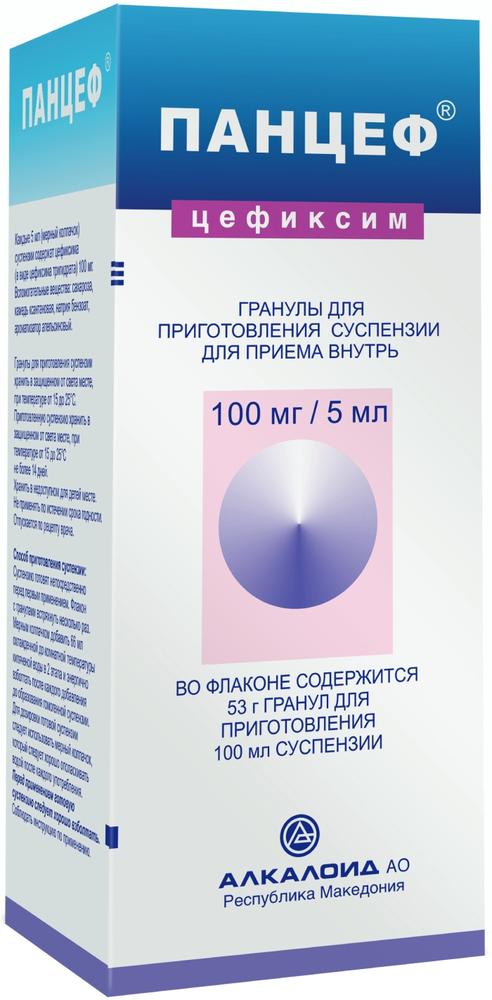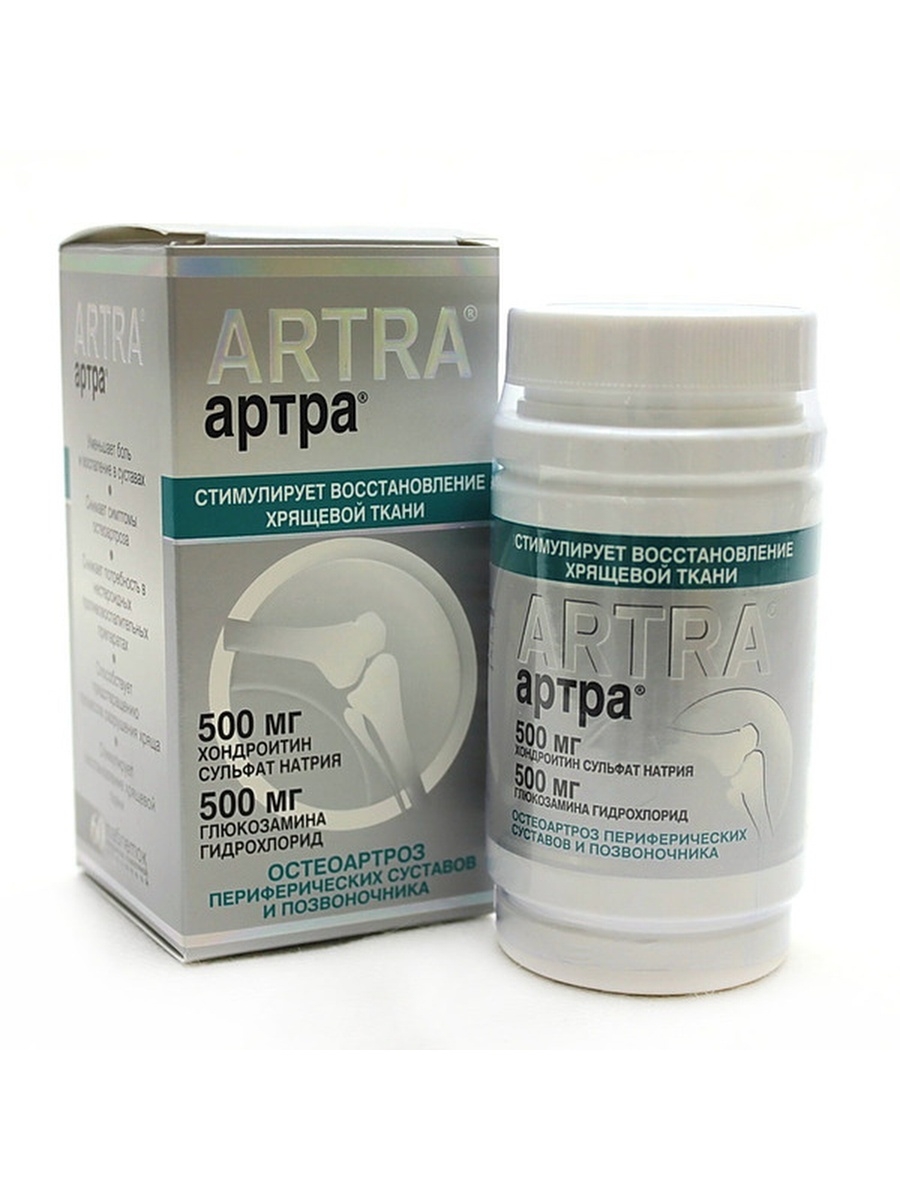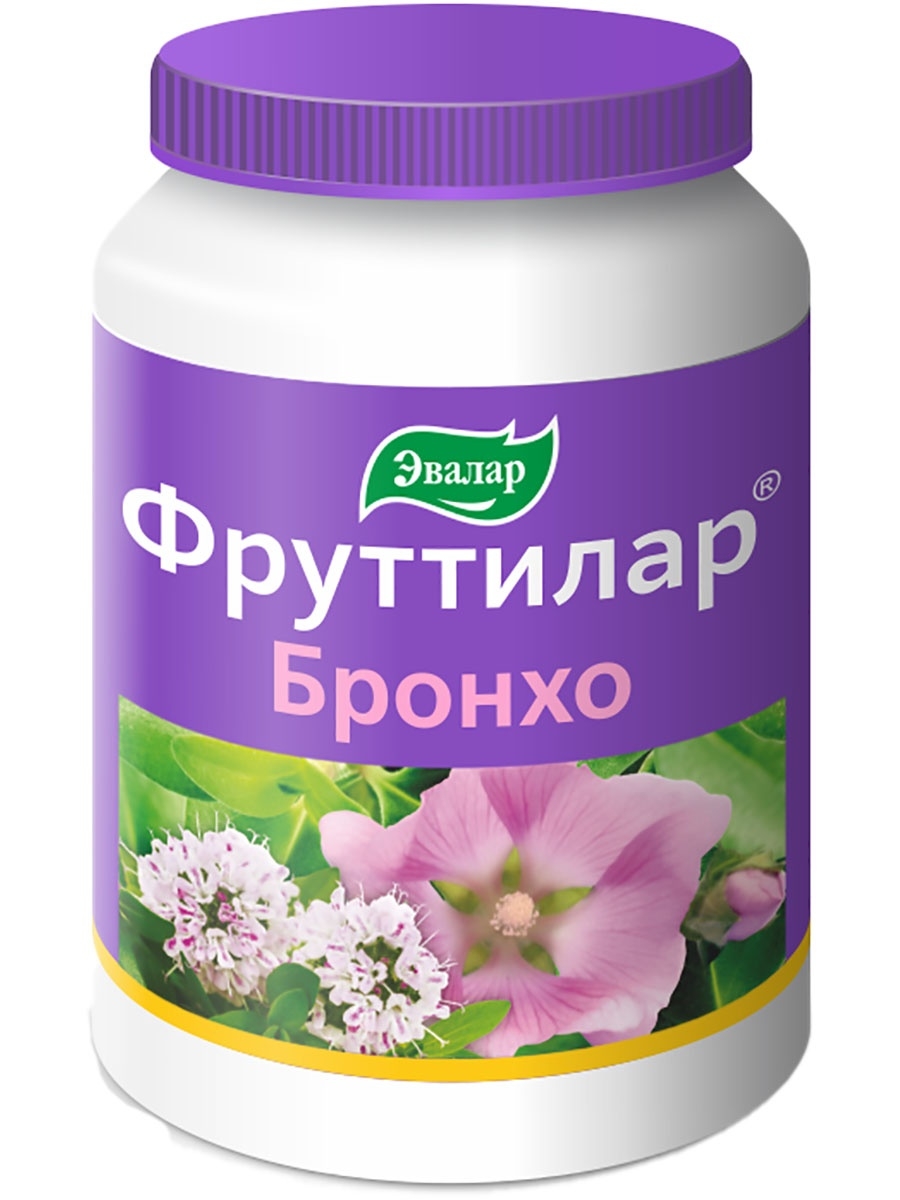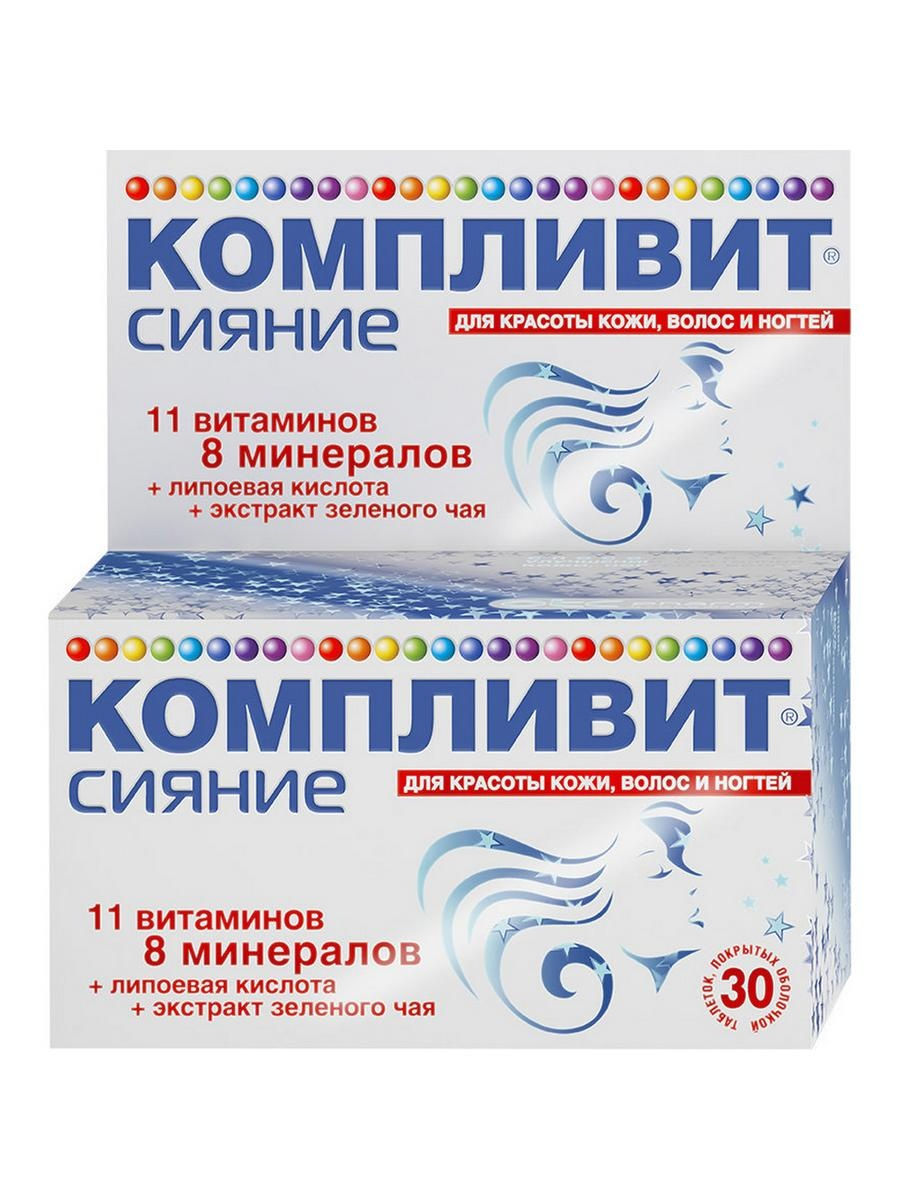- No products in the cart.

Klaritrosin tab n / 500mg film about 10 pc

Pantsef prig.suspenzii granules for oral 53g 100mg / 5ml 100ml alkaloid
$14.93
Chloramphenicol 250mg tab 10 pc
$0.52
$6.42
Klaritrosin tab n / 500mg film about 10 pc
SKU: 1359713675 Categories: Antibiotics, Antibiotics, antimicrobial, antiparasitic, Medicaments Tags: clarithromycin, SYNTHESIS
Description
Composition
Active substance:
Clarithromycin – 250 mg or 500 mg.
sheath: hydroxypropylmethylcellulose (hypromellose) or hydroxypropyl methylcellulose, titanium dioxide (titania) polyethylene 4000 (polyethylene glycol 4000), O. treopelin
Excipients:
Microcrystalline cellulose, polyvinylpyrrolidone (povidone), milk sugar (lactose), potato starch, Aerosil (colloidal silica), magnesium stearate, talc.
Product form:
Tablets, coated tablets, 250 mg and 500 mg. 5 or 10 tablets in contour packaging. At 10 or 20 tablets in a jar polymer. Each bank or 1, 2 blisters with instruction on use – in a pile of cardboard.
Contraindications
Clarithromycin is contraindicated in patients with hypersensitivity to macrolide antibiotics.
In the treatment of clarithromycin not prescribe ergot derivatives.
When treating clarithromycin prohibited from taking cisapride, pimozide, astemizole and terfenadine (see. Also section Interaction with other drugs) .u patients receiving these drugs simultaneously with clarithromycin, marked increase in their concentration in the blood. It is possible lengthening QT interval and development of cardiac arrhythmias, including ventricular tachycardia, ventricular fibrillation and atrial flutter, or ventricular fibrillation.
Heavy human liver and / or kidney.
Dosage
500 mg
Indications
Clarithromycin is indicated for the treatment of infectious diseases caused by susceptible microorganisms. These diseases include: – Infections of the lower respiratory tract (bronchitis, pneumonia) .- infections of the upper respiratory tract (pharyngitis, sinusitis), otitis. – Skin and soft tissue infections (folliculitis, erysipelas) .- Widespread or localized mycobacterial infections due to Mycobacterium avium and Mycobacterium intracellulare.
Localized infection caused by Mycobacterium chelonae, Mycobacterium fortuitum and Mycobacterium kansasii.
Clarithromycin is indicated for the elimination of H. pylori and reduce the incidence of duodenal ulcer recurrence.
Interaction with other drugs
When concomitantly increases the blood concentration of drugs, metabolized in the liver via a cytochrome P450 enzymes, – anticoagulants, carbamazepine, theophylline, astemizole, cisapride, terfenadine (2-3 times), triazolam, midazolam, cyclosporine, disopyramide, phenytoin, rifabutin , lovastatin, digoxin, ergot alkaloids, and others.
Reported rare cases rhabdomyolysis, to coincide with the simultaneous appointment of clarithromycin and inhibitors of hydroxymethylglutaryl – CoA reductase inhibitor – lovastatin and simvastatin.
There are reports of increased digoxin concentration in plasma of patients receiving both digoxin and clarithromycin tablets. Such patients need to constantly monitor the content of digoxin serum to avoid digitalis intoxication.
Clarithromycin may decrease the clearance of triazolam and thus improve its pharmacological effects to the development of drowsiness and confusion.
The concurrent use of clarithromycin and ergotamine (ergot derivatives) may lead to acute intoxication ergotominovoy manifesting severe peripheral vasospasm and perverse sensibility.
Simultaneous administration of HIV-infected adults orally and zidovudine tablets clarithromycin can reduce the equilibrium concentration of zidovudine. Given that clarithromycin is likely to alter the absorption of orally administered simultaneously zidovudine, this interaction largely avoided when taking clarithromycin and zidovudine at various hours of the day (at intervals of not less than 4 hours). When concomitant administration of clarithromycin and ritonavir increases the values of serum concentrations of clarithromycin. Clarithromycin dosage adjustment in these cases, in patients with normal renal function is not required. However, in patients with a creatinine clearance of 30 to 60 ml / min. the dose of clarithromycin should be reduced by 50%. If creatinine clearance less than 30 mL / min. The dose of clarithromycin should be reduced by 75%. In simultaneous treatment should not be administered with ritonavir, clarithromycin at doses greater than 1 g / day.
Overdose
Likely to develop symptoms of the gastrointestinal (nausea, vomiting, diarrhea); headache, confusion.
In overdose require immediate gastric lavage and symptomatic treatment. Hemodialysis and peritoneal dialysis do not lead to a significant change in clarithromycin serum.
pharmachologic effect
Pharmacological group:
Antibiotic, macrolide.
Pharmacological properties:
Bacteriostatic macrolide antibiotic is a second-generation macrolide wide spectrum of action. Penalized microbial protein synthesis (binds to the 50S subunit of microbial ribosomes membrane cells). Active against: Streptococcus agalactiae (Streptococcus pyogenes, Streptococcus viridans, Streptococcus pneumoniae), Haemophilus influenzae (parainfluenzae), Haemophilus ducreyi, Neisseria donorrhoeae, Neisseria meningitidis, Listeria monocytogenes, Legionella pneumophila, Mycoplasma pneumoniae, Helicobacter (Campilobacter) pylori, Campilobacter jejuni, Chamidia pneumoniae (trachomastis), Moraxella (Branhamella) catarrhalis, Bordetella pertussis, Propionibacterium acnes, Mycobacterium avium, Mycobacterium leprae, Staphylococcus aureus, Ureaplasma urealyticum, Toxoplasma gondii, Corynebacterium spp., Borrelia burgdorferi, Pasteurlla multocida, some anaerobes (Eubacterium spp., Peptococcus spp., Propionibacterium spp., Clostridium perfringens, Bacteroides melaninogenicus) and all mycobacteria other than M. tuberculosis.
Pharmacokinetics:
Absorption – fast. Food slows the absorption without significantly affecting bioavailability. The bioavailability of clarithromycin in the form of slurry equivalent to or somewhat higher than when taking into tablets. Relationship to plasma proteins – not more than 90%. After a single recorded Hour 2 peak of maximum concentration. The second peak due to the ability to concentrate the drug in the gallbladder followed by gradual or fast release formulation. The time to reach maximum concentration in oral admission of 250 mg – 1 -. 3 h after oral administration of 20% of the dose is rapidly hydrolyzed in the liver by cytochrome P450 enzymes to form the major metabolite – 14 hydroxyclarithromycin having pronounced antimicrobial activity against Haemophilus influenzae.
At regular reception to 250 mg / day equilibrium concentrations of unmodified drug and its major metabolite – 1 and 0.6 ug / ml, respectively; half-life – 3-4 hours and 5-6 hours, respectively. Increasing the dose to 500 mg / day equilibrium concentration of the unchanged drug and its metabolite in plasma – 2.7-2,9 and 0.83-0.88 g / ml, respectively; half-life – 4.8-5 h and 6.9-8.7 h, respectively. At therapeutic concentrations accumulate in the lungs, skin and soft tissue (in which the concentration is 10 times serum level). Excreted by the kidneys and faeces (20-30% – in unmodified form, the rest – in the form of metabolites). When a single reception 250 mg and 1.2 g kidneys stands 37.9 and 46%, with stool – 40.2 and 29.1%, respectively.
Pregnancy and breast-feeding
Use of the drug during pregnancy and lactation is possible only when the intended benefits to the mother outweighs the potential risk to the fetus.
Clarithromycin is excreted in breast milk, so if necessary, the appointment during lactation should stop breastfeeding.
Conditions of supply of pharmacies
On prescription.
side effects
The most frequently reported complaints of the gastrointestinal tract (nausea, dyspepsia, abdominal pain, vomiting and diarrhea). There are reports of the development of pseudomembranous colitis medium to life-threatening. Other adverse reactions include headache, taste disturbances and passing increased activity of liver enzymes. There are reports of rare cases of paresthesias.
There are reports of rare cases of hepatitis with increased levels of liver enzymes in the blood and the development of cholestasis and jaundice.
These liver damage in some cases were severe and is usually reversible. In exceptional cases, hepatic failure was observed with a fatal outcome.
There are reports of rare cases, increase the concentration of serum creatinine, development of interstitial nephritis, renal failure.
When taken orally clarithromycin observed allergic reaction intensity, which ranged from skin hives and rashes, anaphylaxis syndrome and Stevens – Johnson.
There have been reports of hearing loss during treatment with clarithromycin, which in most cases recovered after drug withdrawal. It also reported on the perception of taste changes usually occur together in violation of taste. There are reports of the development of glossitis, stomatitis, candidiasis of the oral mucosa and tongue color changes during treatment with clarithromycin. It is also reported to change the color of teeth in patients treated with clarithromycin. Discoloration of teeth in most cases were reversible. In rare cases, there gipoglikamiya; in some of these cases gipoglikamiya develop in patients treated during the treatment with clarithromycin hypoglycemic agents for oral administration or insulin.
It reported individual cases of thrombocytopenia and leukopenia.
When receiving clarithromycin observed transient side effects on the central nervous system: dizziness, anxiety, fear, anxiety, insomnia, nightmares, ringing in the ears, confusion, dezorintatsiya, hallucinations, psychosis and depersonalisation.
In the treatment with clarithromycin, as with other macrolides, rarely observed QT interval prolongation, ventricular arrhythmias, including ventricular tachycardia and atrial paroxysmal or ventricular fibrillation.
special instructions
In the presence of chronic liver diseases is necessary to carry out regular monitoring of serum enzymes.
Precautions administered on a background of drugs metabolized by the liver (recommended to measure their concentration in the blood) .In case of concomitant administration with warfarin, or the like. Indirect anticoagulants must monitor the prothrombin time.
For heart disease in history it is not recommended simultaneous with terfenadine, cisapride, astemizole.
Attention should be paid to the possibility of cross resistance between clarithromycin and other antibiotics from the macrolides as well as lincomycin and clindamycin.
Prolonged or repeated application of the drug may develop superinfection (insensitive growth of bacteria and fungi).
Storage conditions
List B. In a dry, dark place at a temperature not higher than 25 ° C. Keep out of the reach of children.
Dosing and Administration
For the average adult dose for oral administration of 250 mg of 2 times / day.
may be administered 500 mg of 2 times / day if necessary. Duration of treatment 6-14 days.
Babies drug administered in a dose of 7.5 mg / kg body weight / day. The maximum daily dose – 500 mg. Duration of treatment 7-10 days.
For the treatment of infections caused by Mycobacterium avium, Clarithromycin administered in – 1 g 2 times / day. The duration of treatment may be 6 months or more.
In patients with renal insufficiency, with creatinine clearance less than 30 mL / min, the dose should be reduced by 2 times. The maximum duration of the course in this patient group should not exceed 14 days.
Information
Appearance may differ from that depicted in the picture. There are contraindications. You need to read the manual or consult with a specialist
Additional information
| Weight | 0.100 kg |
|---|---|
| Manufacturer | SYNTHESIS |










There are no reviews yet.